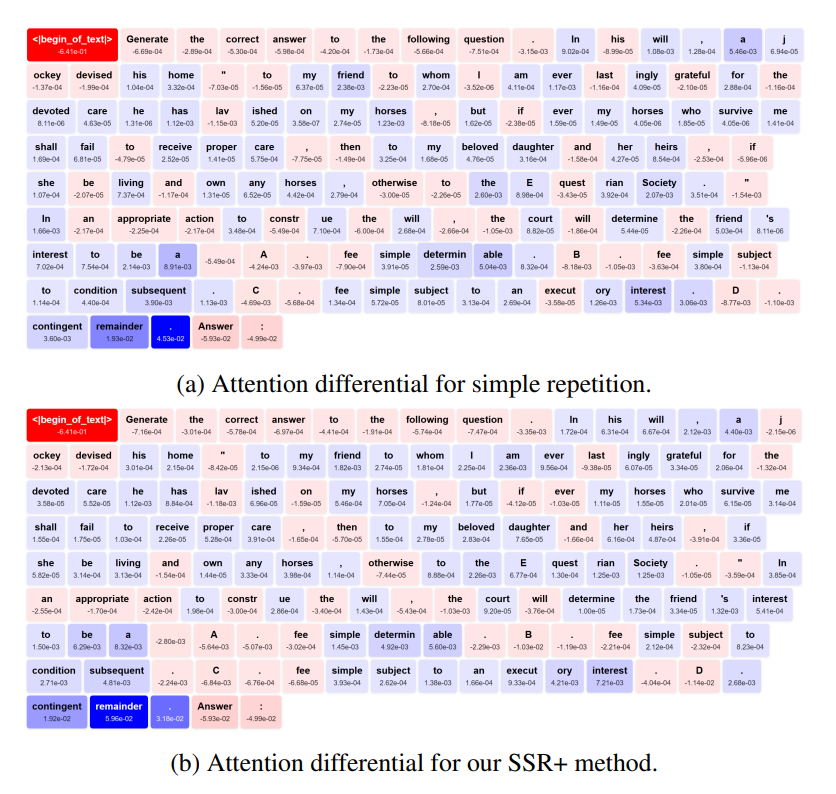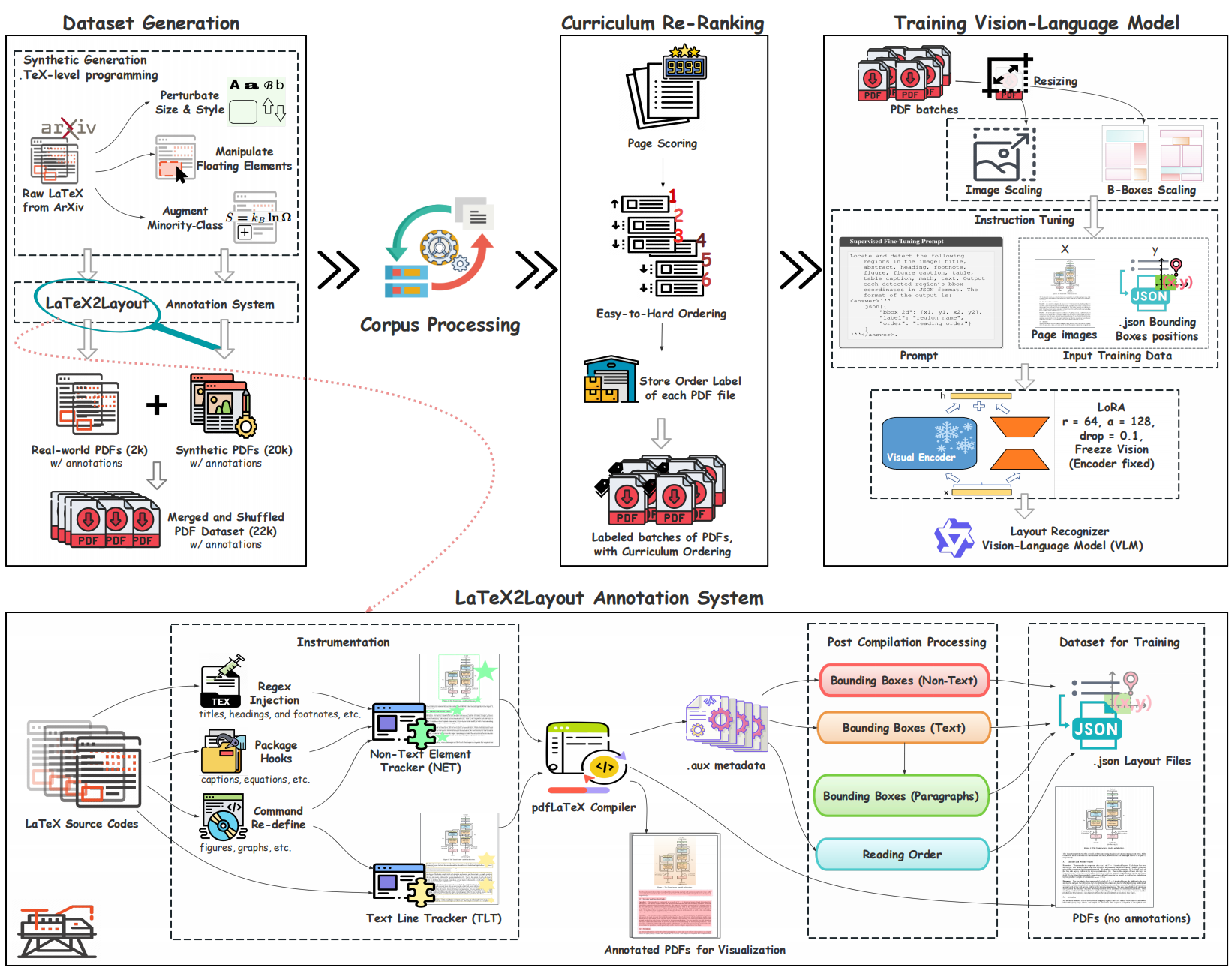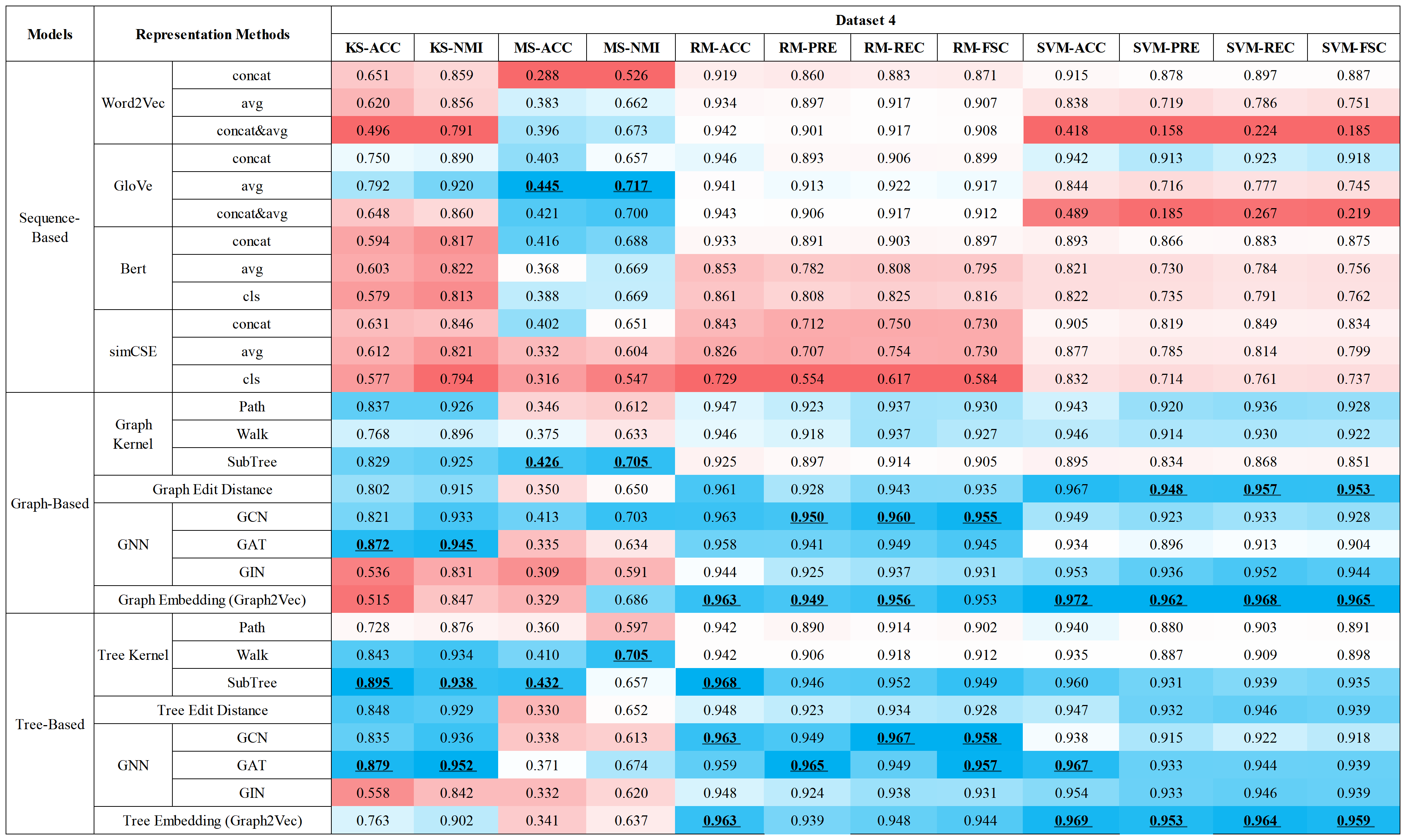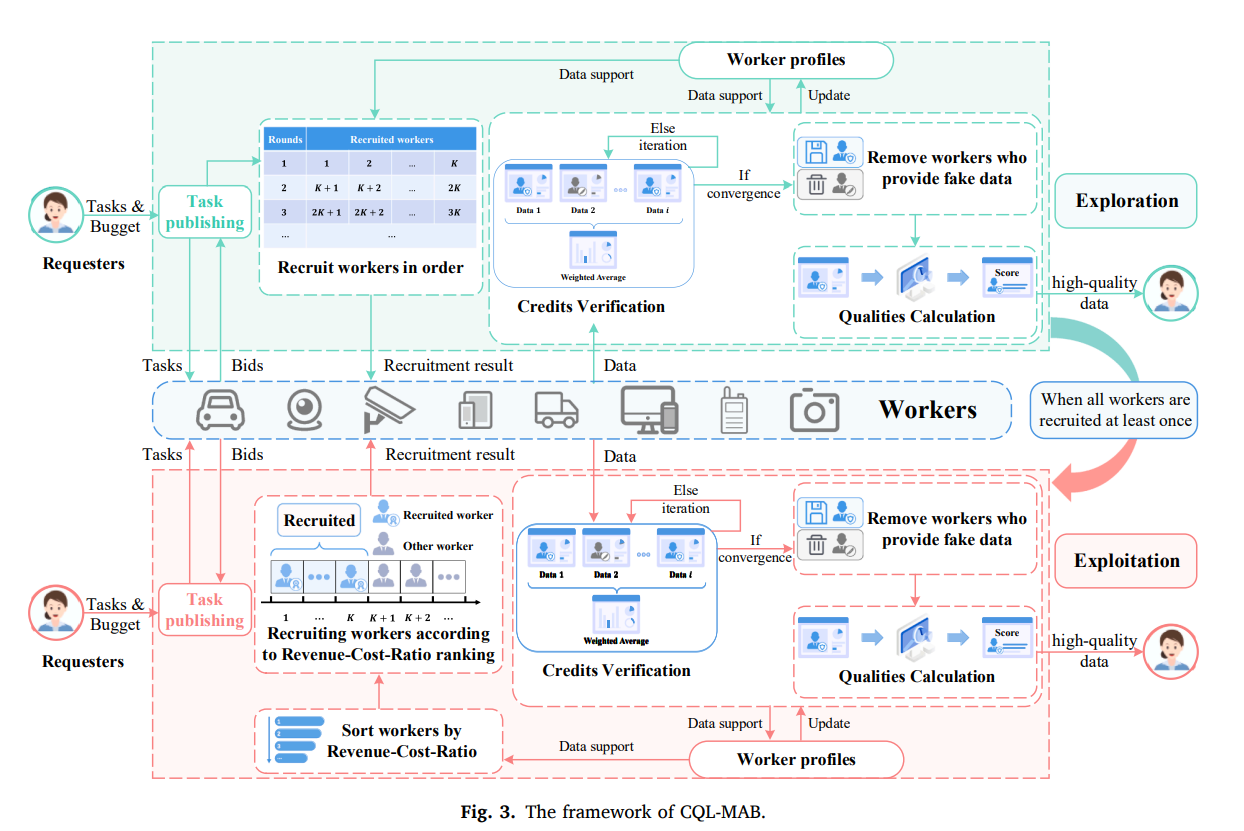I’m a Computer Science Master’s student at the University of Pennsylvania , working on Large Language Models (LLMs), Vision-Language Models (VLMs), and NLP applications in AI for Science.
, working on Large Language Models (LLMs), Vision-Language Models (VLMs), and NLP applications in AI for Science.
My academic interests and journey have been driven by a persistent question: How and Why do complex systems work?
I have explored this across systems (OS internals with Prof. Xu Liu, NCSU), HCI/Visualization (human cognition with Prof. Ying Zhao), and IoT/Crowdsourcing (collective intelligence with Prof. Anfeng Liu). This consistent search for an underlying method, whether in machines or the human mind, has ultimately led me to natural language processing (NLP).
Since mid-2024, I have led multiple LLM/VLM projects resulting in six NLP papers and founded my first AI product with over 100K users. These experiences convinced me that language models sit at the intersection of my interests in complex systems, computation, and human cognition. I am captivated not only by what these models can do, but also by the challenge of looking under the hood and adapting them to solve real-world problems using principled, effective, efficient, and explainable methods.
At Penn, I’m fortunate to be advised by Prof. Chris Callison-Burch, Prof. Lyle Ungar, and Delip Rao. I also collaborate with Dr. Xiaodong Yu from AMD GenAI and Prof. Yunhuai Liu from Peking University.
My research centers on advancing LLMs and Multimodal LLMs through Effective, Efficient, and Explainable methods. I currently focus on:
- Unlocking LLMs’ Internal Mechanisms: Designing training-free & inference-time optimization methods grounded in attention patterns, activations, representations, token logits, and prompting mechanisms. I’m particularly interested in making models more interpretable while improving their performance. I view training-free methods not as an end in themselves, but as byproducts of interpretability-driven analysis that surfaces new insights into model behavior. In the long run, I believe sufficiently scaled training-based approaches can internalize many of these optimization patterns, but current black-box practices often slow down our ability to understand and guide them.
- Pushing Application Boundaries: Building impactful systems in security, code understanding, and scientific automation, with measurable real-world outcomes. I believe in creating practical solutions that address open-end and unexplored real-world challenges.
- Advancing Model Evolution: Developing data synthesis and curation pipelines to overcome annotation & data collection bottlenecks, and exploring post-training optimization (SFT, RL) and distillation to make smaller models competitive (data, training, distillation, pruning)
I am also the co-founder of Savable Koupon AI, where we build AI-driven price tracking, LLM-based product analysis, and recommendation systems for e-commerce.
I serve as a reviewer for top-tier venues including ACL, CVPR, and AAAI.
All NLP work listed below was completed in 2024-2025. You can find my publications on Google Scholar.
❤️ Future Research Directions
In addition to continuing my current research interests, I am also eager to explore several new directions.
1. Fundamental Model Enhancement
First, while inference-time adaptations are effective, I believe that scaling or optimizing models during training will eventually surpass these approaches. As resources allow, I plan to shift my focus from inference-time tweaks to optimizing models during training.
Second, I aim to use interpretability not only to explain model behavior but also to improve training processes. For instance, insights from the attention-sink mechanism (since 2022) have led to advancements in KV-cache optimization, quantization-aware training, and extensions to VLMs. I intend to develop explainable methods in the following areas: (1) Understanding how information flows within the model—e.g., optimizing layer and head interactions; (2) Understanding how token generation works—e.g., introducing interpretable decoding control; (3) Understanding how reasoning functions—e.g., enabling smaller models to compete with larger ones and orchestrating efficient interactions between reasoning and non-reasoning components.
Finally, as LLM research has advanced more rapidly than multimodal research, I am also particularly interested in Multimodal LLMs. This includes identifying and addressing limitations in current MLLM architectures, and developing more effective and efficient methods for processing multimodal information, especially in addressing challenges like visual redundancy and modality alignment.
2. AI for Scientific Discovery
The next frontier is applying (M)LLMs to scientific discovery and applications, focusing on: (1) Discovering valuable new application areas as LLM capabilities continue to expand; (2) Adapting and optimizing models for specific scientific domains; (3) Tackling problems from multiple perspectives: (a) Unknown problems (building new benchmarks); (b) Known problems with: simple evaluation but challenging solutions (developing effective methods), or high-cost evaluation (developing efficient methods); easy solutions but complex evaluation requirements (e.g., designing reward for RLVR).
🔥 News
- November 2025: 🎉 Two papers accepted to AAAI 2026 - “LaTeX2Layout: High-Fidelity, Scalable Document Layout Annotation Pipeline for Layout Detection” and “Beyond Detection: A Comprehensive Benchmark and Study on Representation Learning for Fine-Grained Webshell Family Classification”
- July 2025: 🎉 Paper accepted to COLM 2025 - “Can LLMs handle WebShell detection? Overcoming Detection Challenges with Behavioral Function-Aware Framework”
- June 2025: 🎉 Paper published in Proceedings of the ACM on Interactive, Mobile, Wearable and Ubiquitous Technologies (IMWUT) 2025 - “CALM: A Ubiquitous Crowdsourced Analytic Learning Mechanism for Continual Service Construction with Data Privacy Preservation” (Presented at ACM UbiComp 2025)
- June 2025: 🎉 Paper accepted to MOSS@ICML2025 - “ZeroTuning: Unlocking the Initial Token’s Power to Enhance Large Language Models Without Training”
📝 Selected Publications
For a complete list of publications, please visit my Google Scholar
🔮 Research Interest 1: Uncovering NLP & LLM Internal Mechanism and Interpretability
ZeroTuning: Unlocking the Initial Token’s Power to Enhance Large Language Models Without Training
Feijiang Han, Xiaodong Yu, Jianheng Tang, Delip Rao, Weihua Du, Lyle Ungar
Paper | Code & Demo | Blog | Poster
Key Points:
- Novel training-free optimization via initial token attention steering, supporting both supervised and unsupervised calibrations
- Lightweight implementation (four lines of code modification) achieves substantial gains: 19.9% on classification, 4.5% on QA, and 2.1% on multi-turn dialogue
- Explains why this method works through: (1) theoretical analysis; (2) output entropy and accuracy analysis; (3) error pattern analysis; (4) fine-grained layer/head analysis
Read Before You Think: Mitigating LLM Comprehension Failures with Step-by-Step Reading
Feijiang Han, Hengtao Cui, Licheng Guo, Zelong Wang, Zhiyuan Lyu
Key Points:
- Identified Semantic Misunderstanding as the core bottleneck in LLMs reasoning even with strong methods like CoT
- Designed SSR Series to resolve this issue by: (1) applying step-by-step reading logic (SSR), (2) enforcing attention on key tokens via self-reference (SSR+), and (3) resolving backward dependencies through iterative re-contextualization (SSR++)
🔍 Research Interest 2: Domain-Adapted Language Models for Code, Document, and Scientific Automation
Feijiang Han, Jiaming Zhang, Chuyi Deng, Jianheng Tang, Yunhuai Liu
Key Points:
- First comprehensive study of LLMs’ capabilities in WebShell detection
- Novel BFAD framework improves LLM detection by 13.82% through function-aware analysis
- Enables both large and small LLMs to outperform traditional SOTA methods
LaTeX2Layout: High-Fidelity, Scalable Document Layout Annotation Pipeline for Layout Detection
Feijiang Han, Zelong Wang, Bowen Wang, Xinxin Liu, Skyler Cheung, Delip Rao, Chris Callison-Burch, Lyle Ungar
[Paper] | [Code & Dataset] (Coming Soon)
Key Points:
- Novel pipeline extracting PDF layout information directly from LaTeX compilation (
No Human annotations and PDF Parsers) - Custom LaTeX packages for precise element tracking and accurate layout extraction
- 200% relative improvement over zero-shot baselines through curriculum learning and synthetic data augmentation
Beyond Detection: A Comprehensive Benchmark and Study on Representation Learning for Fine-Grained Webshell Family Classification
Feijiang Han
[Paper] (Coming Soon)
Key Points:
- First systematic study automating WebShell family classification through representation learning
- Novel dynamic function call trace extraction and LLM-based synthetic trace generation for behavioral analysis
- Comprehensive evaluation of representation methods (sequence, graph, and tree-based models) across multiple datasets with practical insights for optimal model selection
🌟 Research Interest 3: Other Topics (HCI, Big Data Visualization, IoT, Federated and Continual Learning)
Credit and quality intelligent learning based multi-armed bandit scheme for unknown worker selection in multimedia MCS
Jianheng Tang, Feijiang Han, Kejia Fan, et al.
Key Points:
- Novel Credit and Quality Learning based Multi-Armed Bandit (CQL-MAB) scheme for solving the Post-Unknown Worker Recruitment problem in MCS
- Integrates credit identification and quality calculation for worker selection
- Theoretically proven truthfulness and efficiency in reverse auction settings
-
UBICOMP 2025CALM: A Ubiquitous Crowdsourced Analytic Learning Mechanism for Continual Service Construction with Data Privacy Preservation
Kejia Fan, Yuwei Huang, Jiayi He, Feijiang Han, Jianheng Tang, et al. -
arXiv 2025APFL: Analytic Personalized Federated Learning via Dual-Stream Least Squares
Kejia Fan, Jianheng Tang, Zixuan Yang, Feijiang Han, Jiayi Li, et al. -
arXiv 2025ACU: Analytic Continual Unlearning for Efficient and Exact Forgetting with Privacy Preservation
Jianheng Tang, Haotian Zhuang, Dongxiao Fang, Jiayi Li, Feijiang Han, et al. -
Information Sciences 2024MAB-RP: A Multi-Armed Bandit based workers selection scheme for accurate data collection in crowdsensing
Yuwei Lou, Jianheng Tang, Feijiang Han, Anfeng Liu, et al. -
Information and Software Technology 2024Fctree: Visualization of function calls in execution
Fei Zhou, Yifan Fan, Shengchao Lv, Lingxiao Jiang, Zhuo Chen, Jingui Yuan, Feijiang Han, et al. -
IEEE IoT Journal 2023CRL-MABA: a completion rate learning-based accurate data collection scheme in large-scale energy internet
Kejia Fan, Jianheng Tang, Wenbin Xie, Feijiang Han, Yuwei Huang, et al. -
IEEE IoT Journal 2023BTV-CMAB: A bi-directional trust verification-based combinatorial multiarmed bandit scheme for mobile crowdsourcing
Jianheng Tang, Kejia Fan, Wenbin Xie, Feijiang Han, et al. -
Computer Communications 2023A Semi-supervised Sensing Rate Learning based CMAB scheme to combat COVID-19 by trustful data collection in the crowd
Jianheng Tang, Kejia Fan, Wenbin Xie, Lingxiao Zeng, Feijiang Han, et al.
🎖 Honors and Awards
- 2025 AAAI 2026 Scholarship
- 2025 COLM 2025 Registration & Travel Grant
- 2024 Xiaomi Special Scholarship (Top 10 university-wide)
- 2024 Outstanding Graduate of the Class of 2020
- 2023 National Scholarship for Outstanding Students
📝 Notes & Experiences
Study Abroad Experience
- Reflections on LLM Papers at Top Conferences (LLM顶会“水”论文的思考) - 关于当前 LLM 顶会论文质量、评审与选题取向的个人反思
- Prompt Papers Are Dead: Embracing Scaling Training (Prompt论文已死,拥抱Scaling Training) - 从 Scaling 与 Training 视角讨论 Prompt 论文的局限与未来研究方向
- 美国留学申请心得 - 我的美国留学申请经验总结与建议
📅 Schedule a Meeting
If you’d like to discuss research collaboration or have any questions, feel free to schedule a meeting with me:
If you feel our backgrounds align and you’d like to collaborate, get help, or seek mentorship, please fill out this short form: Collaboration Interest Form






